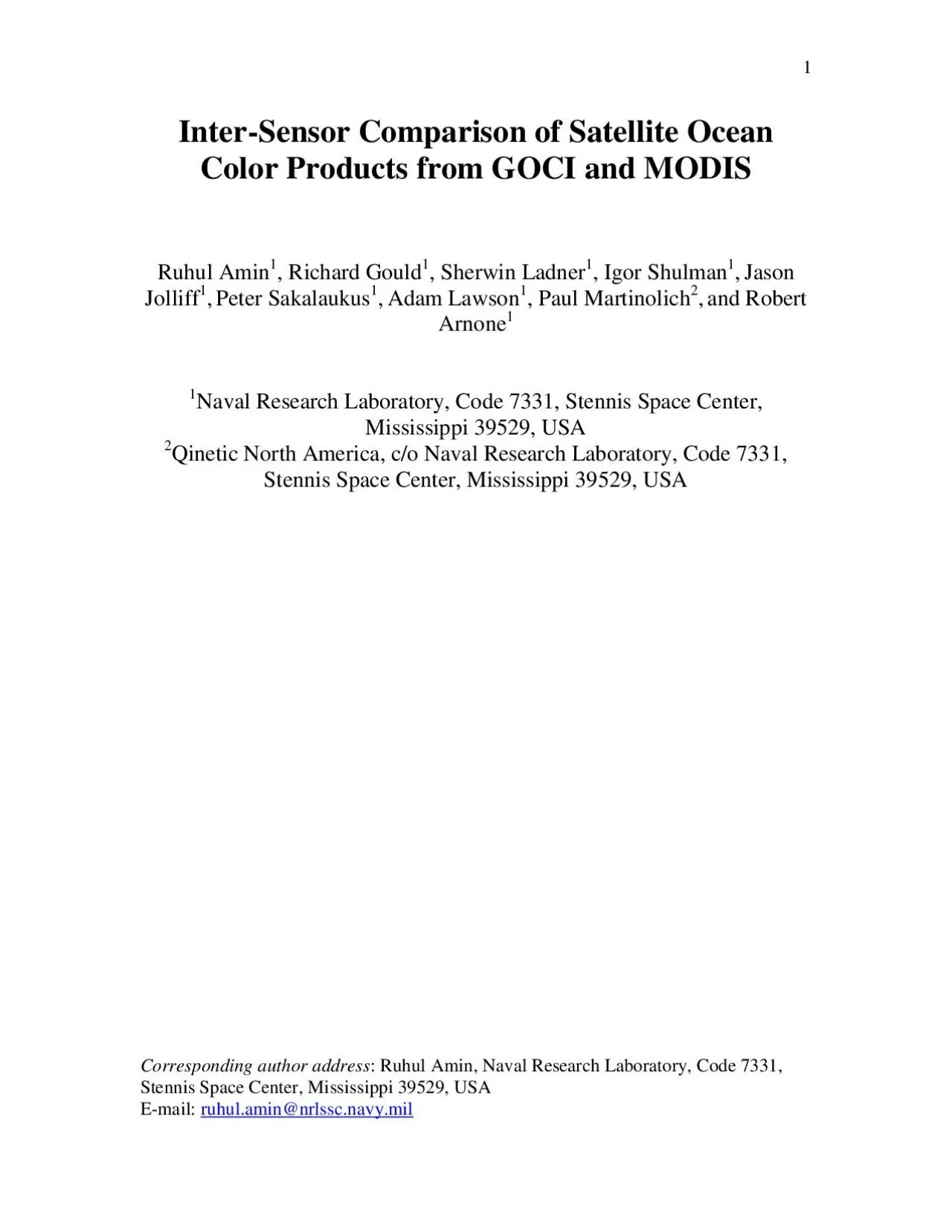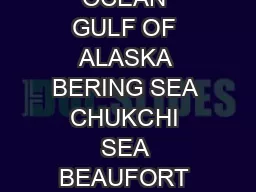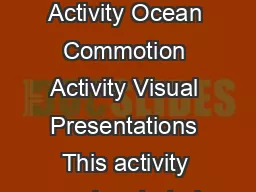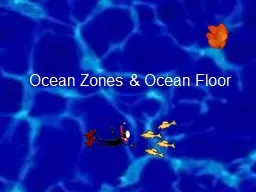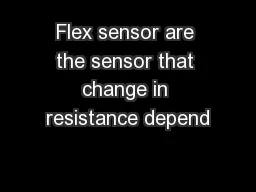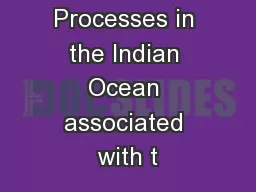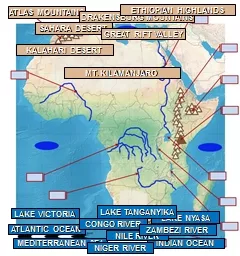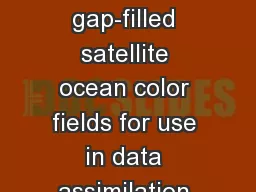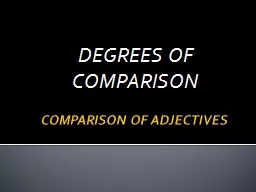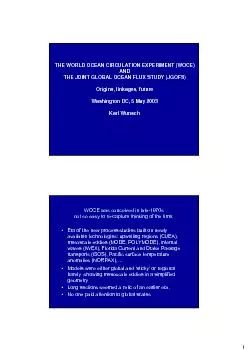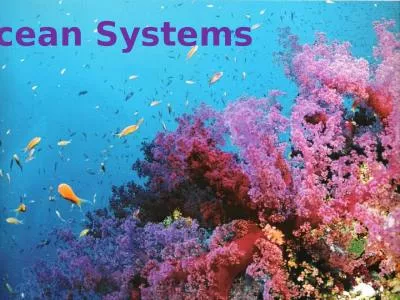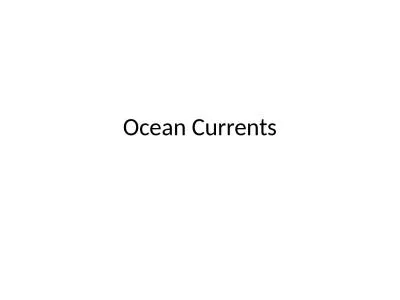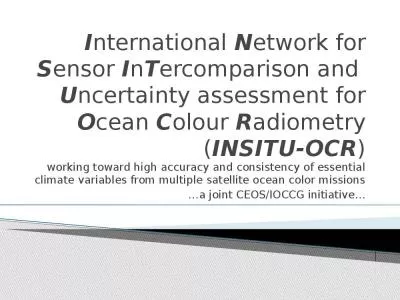PDF-Sensor Comparison of Satellite Ocean
Author : elysha | Published Date : 2021-08-24
1InterColor Products from GOCI and MODISRuhul Amin1Richard Gould1Sherwin Ladner1 Igor Shulman1Jason Jolliff1Peter Sakalaukus1Adam Lawson1 Paul Martinolich2and Robert
Presentation Embed Code
Download Presentation
Download Presentation The PPT/PDF document "Sensor Comparison of Satellite Ocean" is the property of its rightful owner. Permission is granted to download and print the materials on this website for personal, non-commercial use only, and to display it on your personal computer provided you do not modify the materials and that you retain all copyright notices contained in the materials. By downloading content from our website, you accept the terms of this agreement.
Sensor Comparison of Satellite Ocean: Transcript
Download Rules Of Document
"Sensor Comparison of Satellite Ocean"The content belongs to its owner. You may download and print it for personal use, without modification, and keep all copyright notices. By downloading, you agree to these terms.
Related Documents

